10 Reasons Why Your Pizza Dough Won’t Stretch (And How To Fix It)
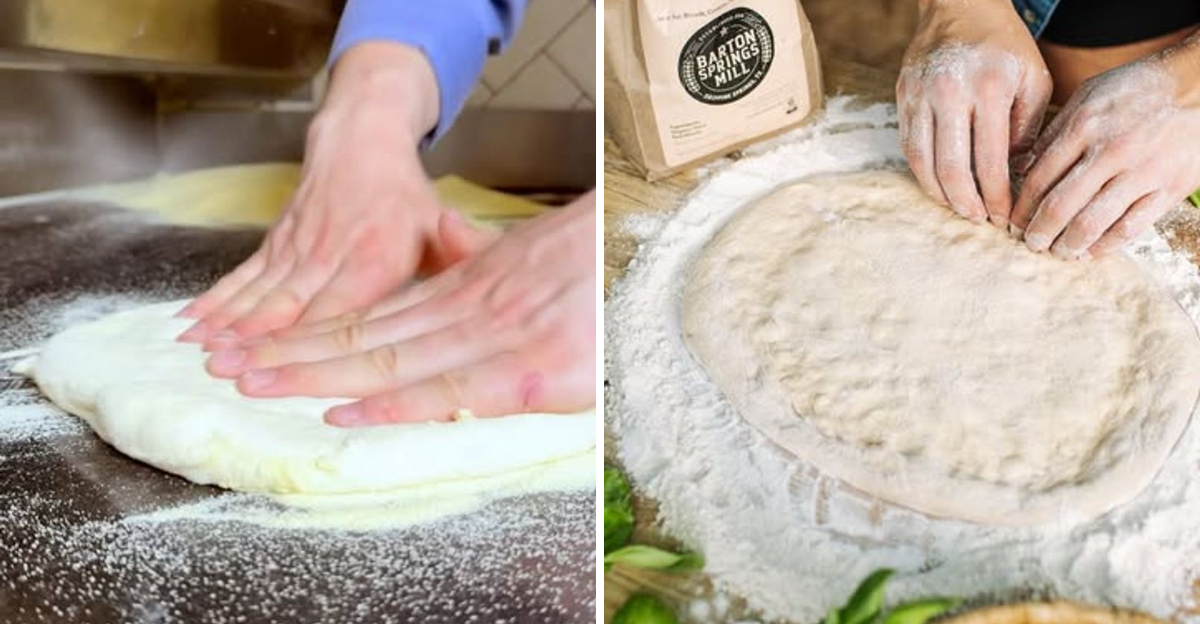
Making pizza at home is a delightful experience, but it can sometimes turn frustrating when the dough just refuses to stretch. Understanding the reasons behind this issue can help you achieve the perfect pizza base. Here, we explore the top 10 reasons why your pizza dough might not be stretching and provide practical solutions to fix them. With these tips, you’ll be tossing and stretching that dough like a pro in no time!
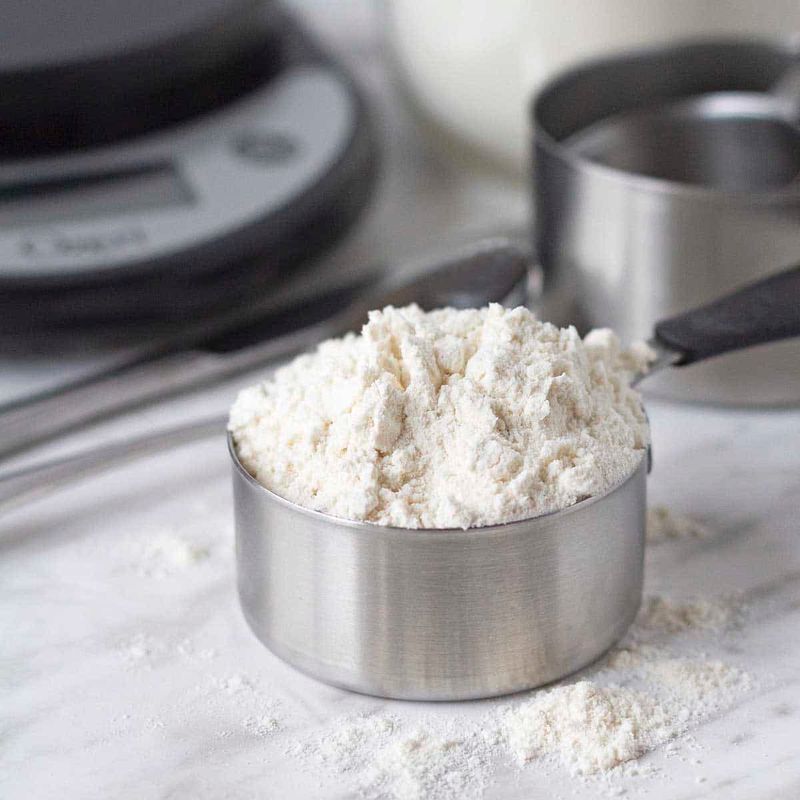
© Delightful Adventures 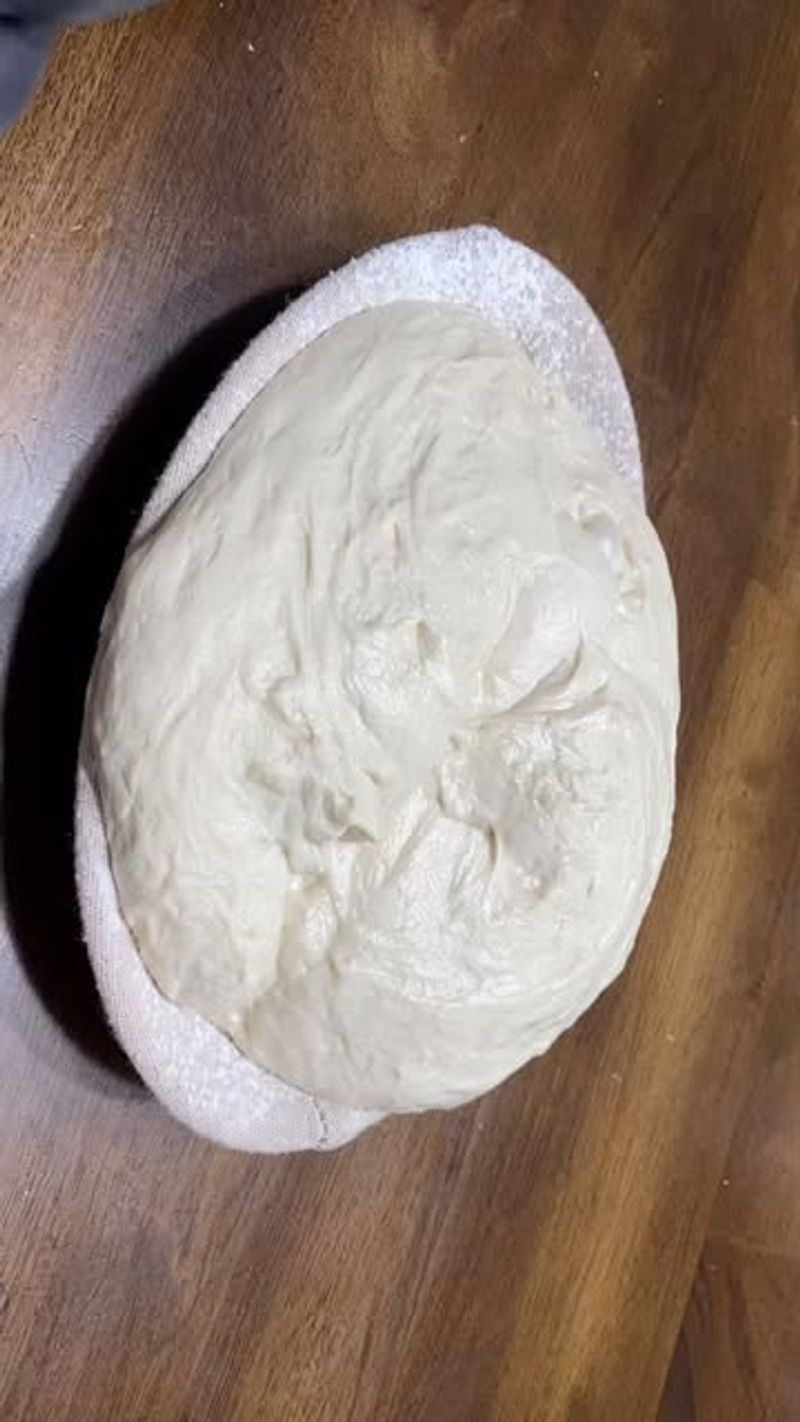
© the_yummi_shack 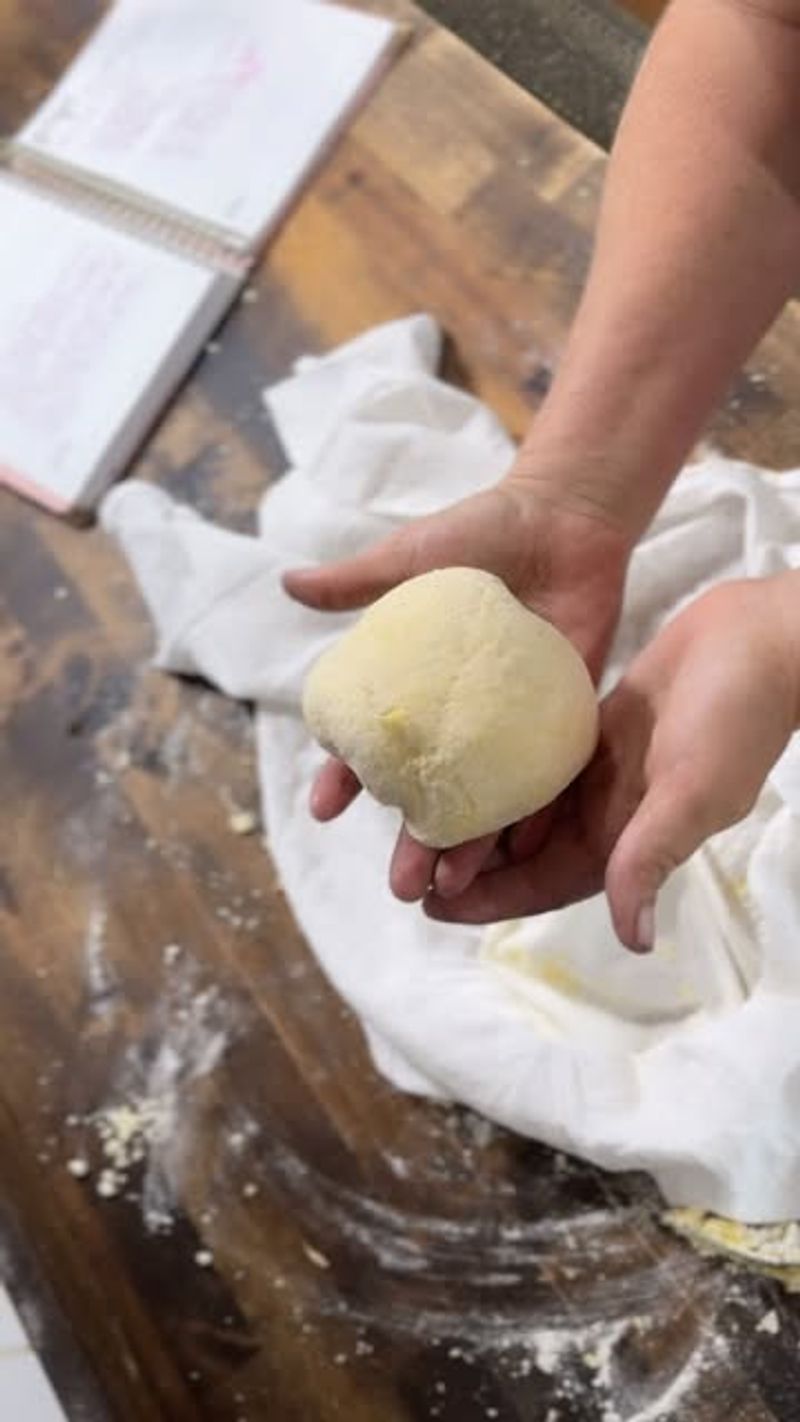
© therepurposedhomestead 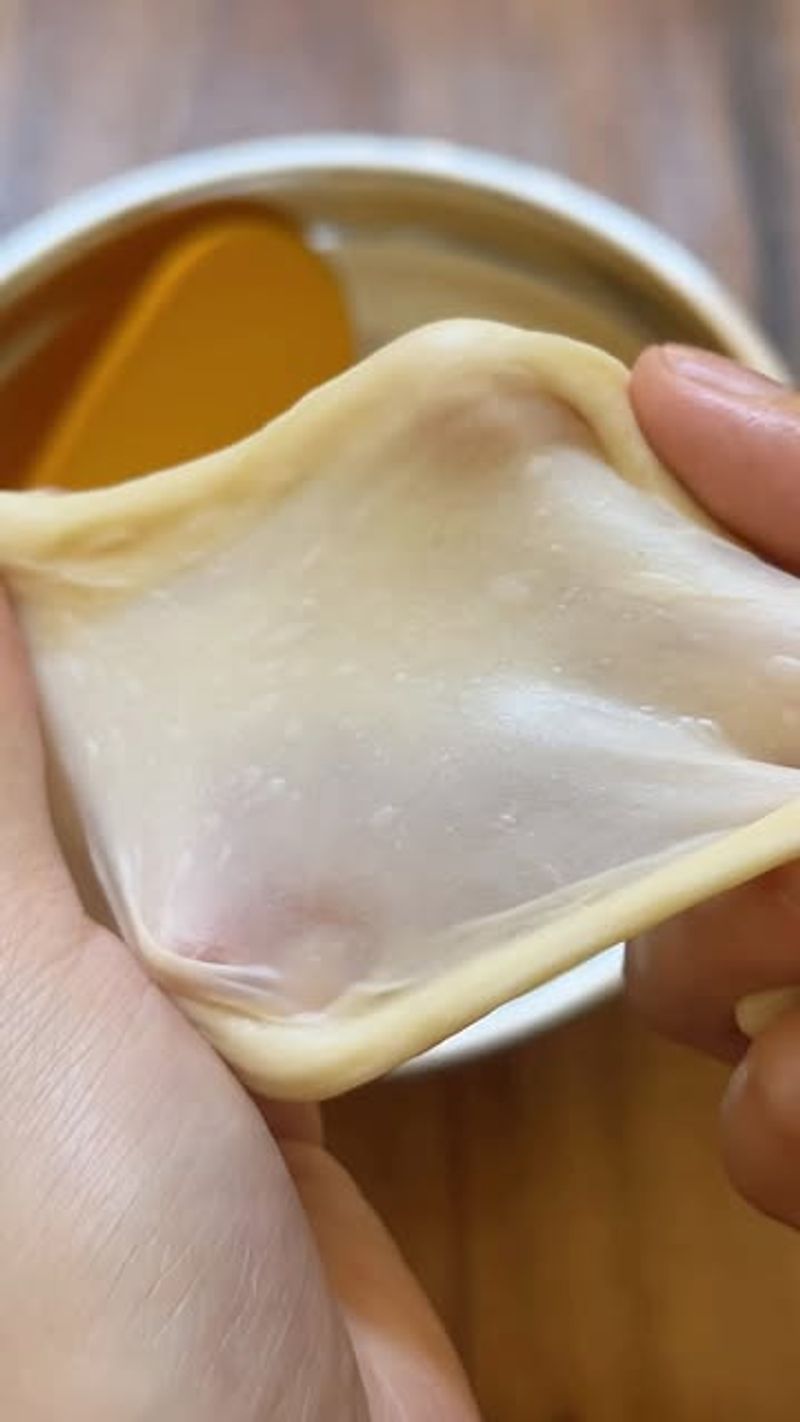
© hellobakeph 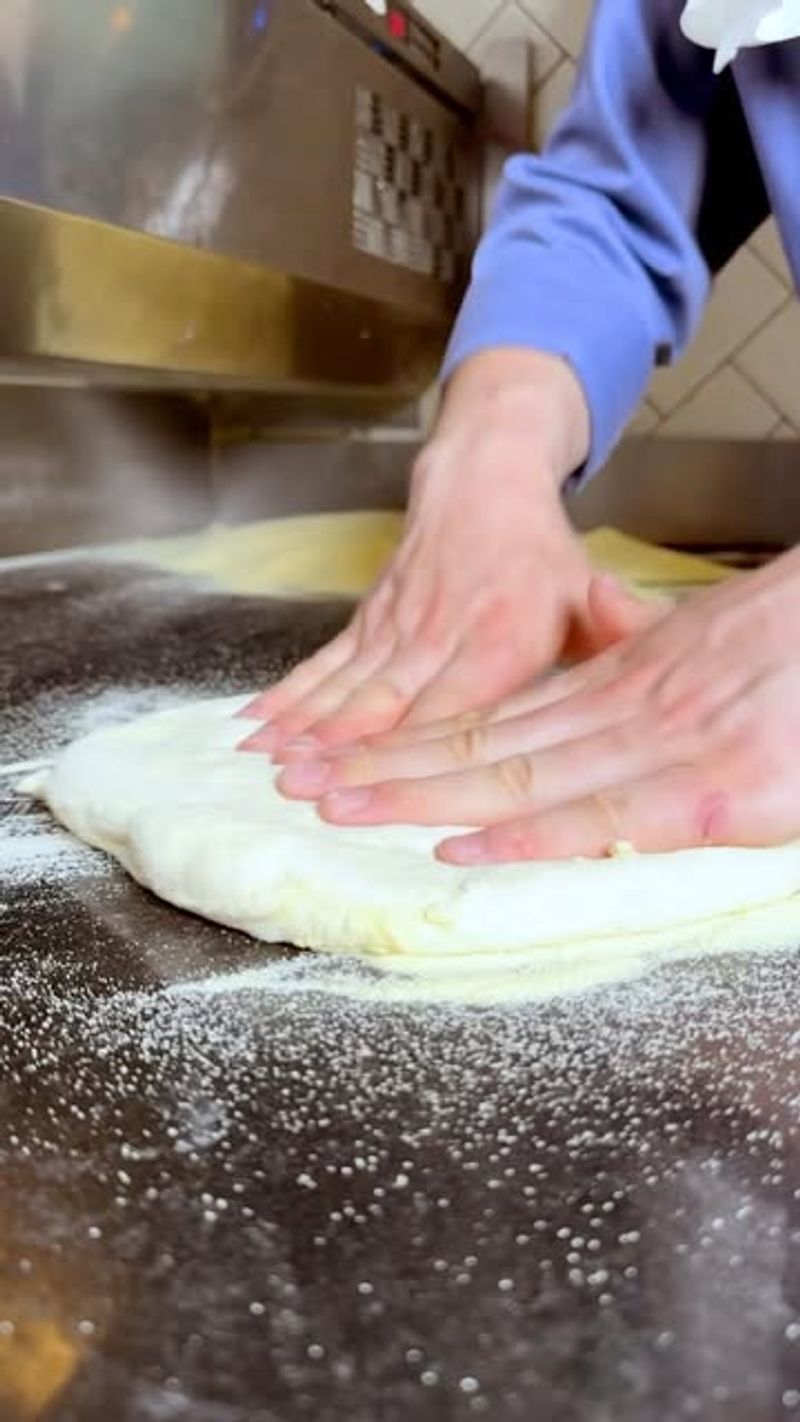
© artemdudnykchef 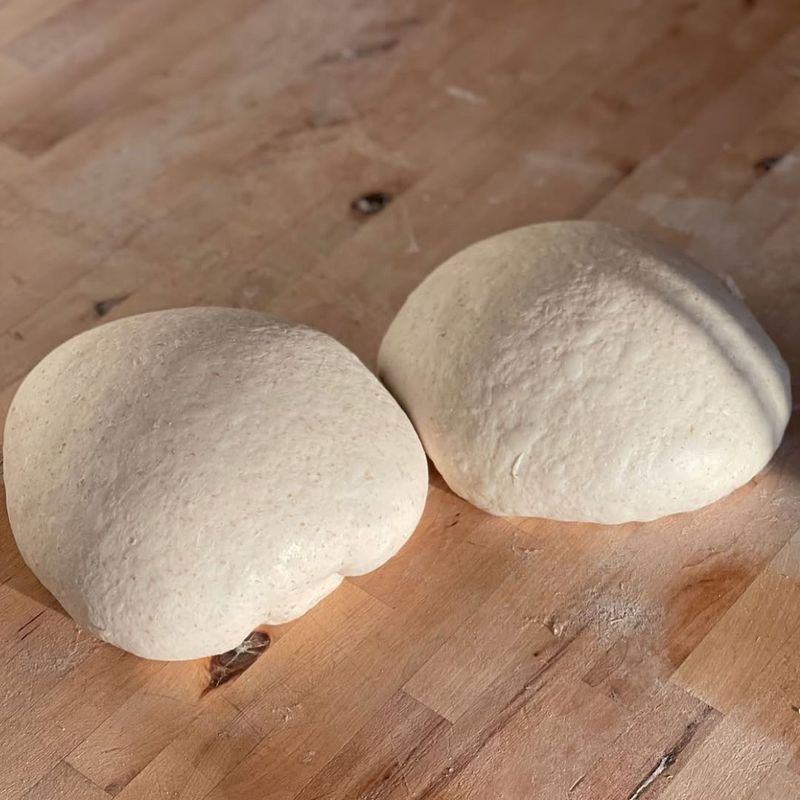
© spiceandzest 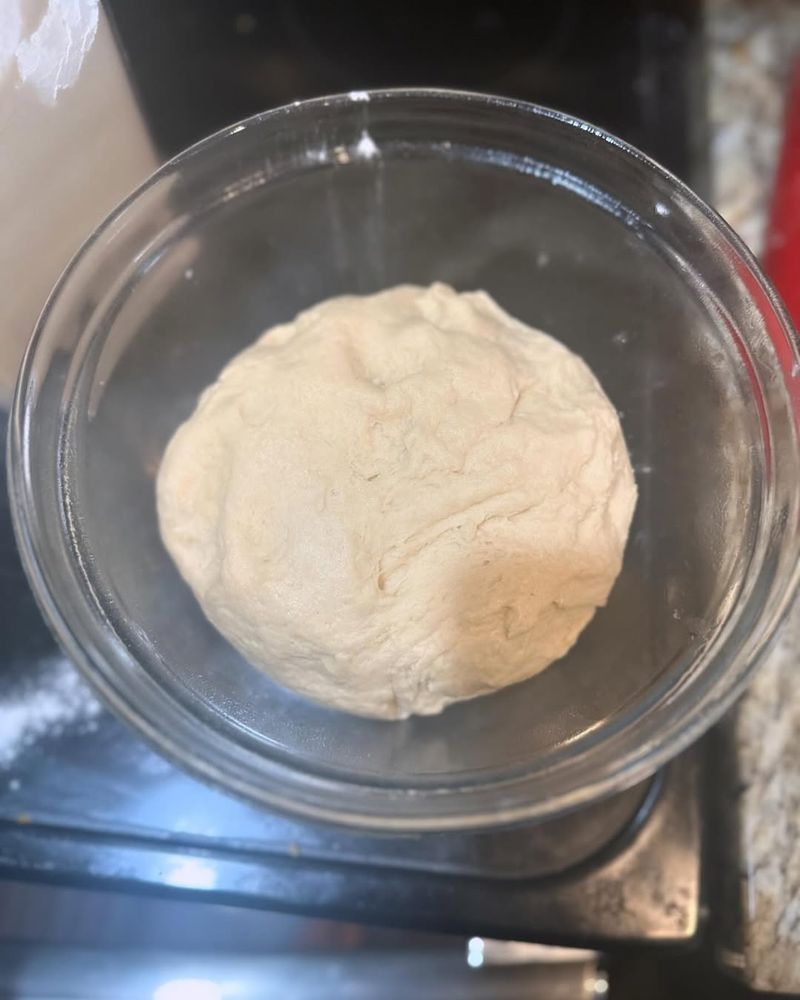
© keisha_reads 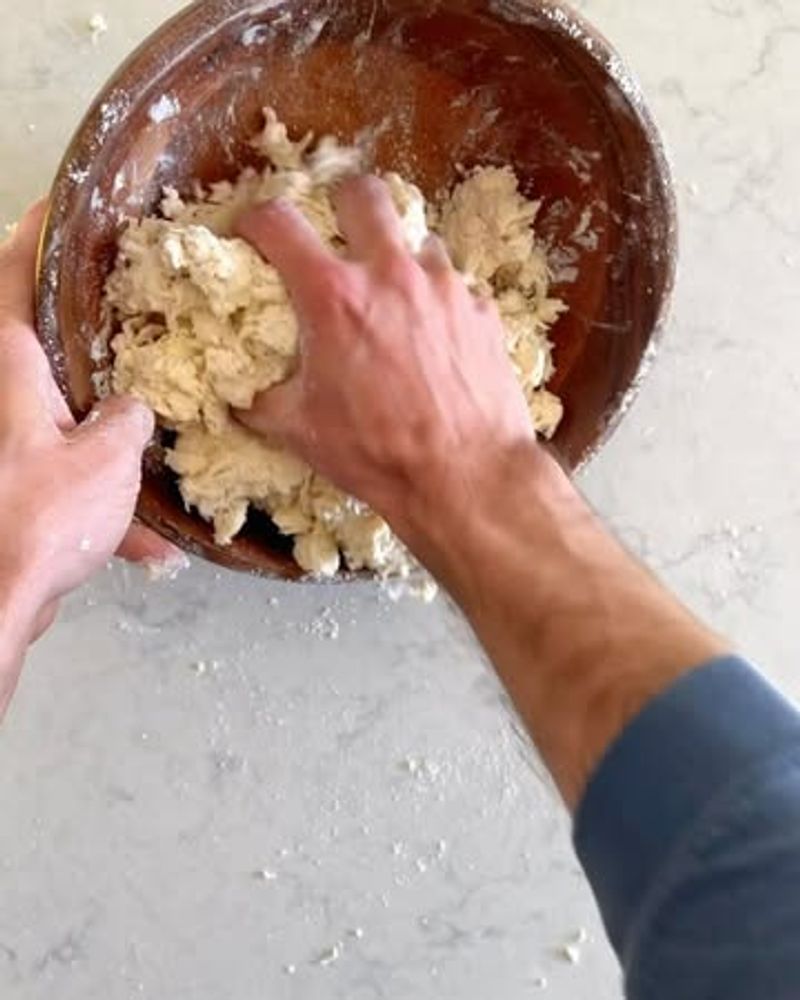
© joshisbaking 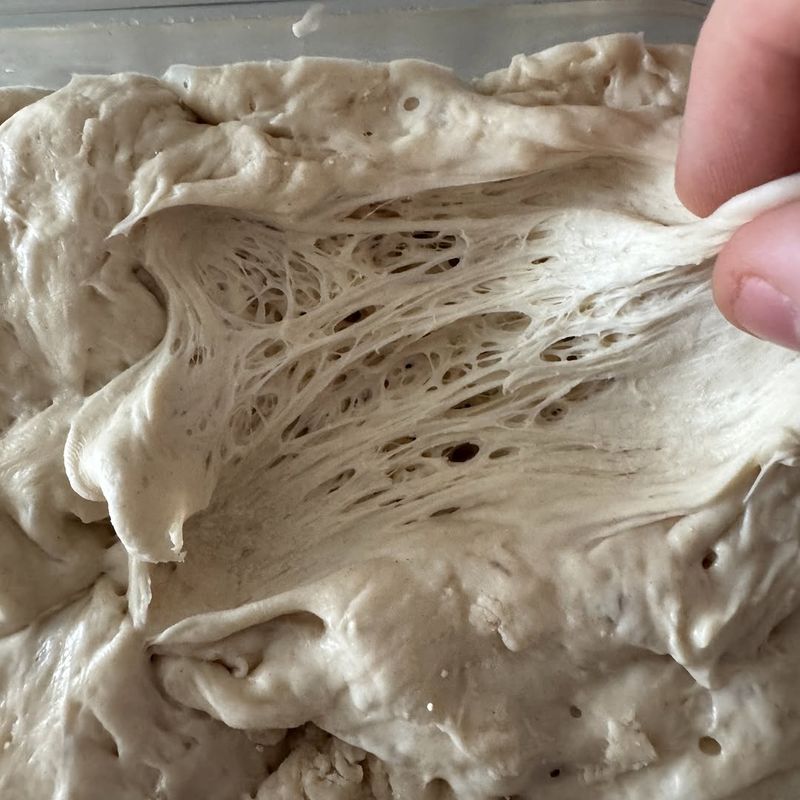
© jonathonkirk_ 
© bartonspringsmill
1. Incorrect Flour Type

2. Dough is Too Cold

3. Overworking the Dough

4. Lack of Gluten Development

5. Incorrect Water Ratio

6. Not Enough Resting Time

7. Dough is Too Dry

8. Improper Mixing

9. Wrong Yeast Amount

10. Poor Dough Handling

